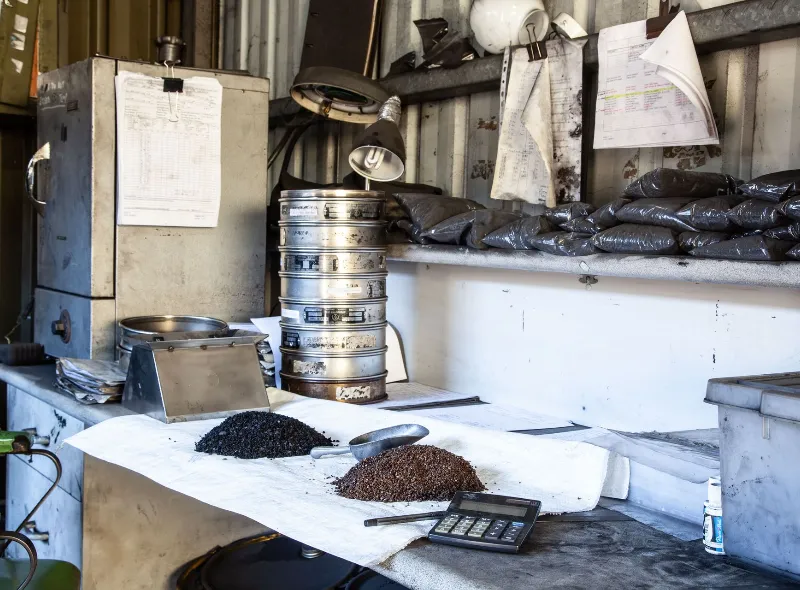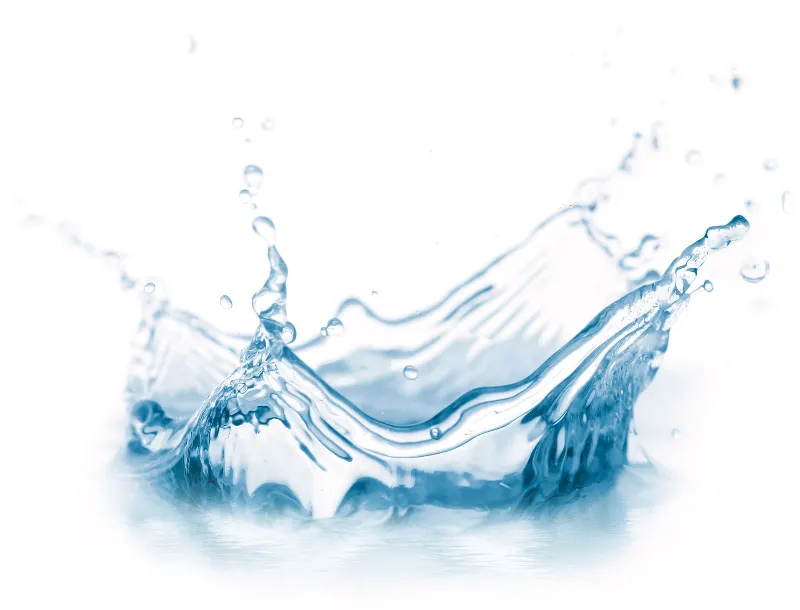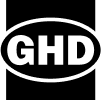Activated Carbon
Granular & Powdered Forms- High internal surface area
- Rapid diffusion kinetics
- Greater loading capacity
- Customisable particle sizing
- Manufactured by an ISO9001 accredited Quality system

Filter Coal & Anthracite terminology can sometimes seem like a language of its own within the industrial water filtration industry. At James Cumming and Sons, we speak this language fluently, and our comprehensive Filter Coal glossary can simplify the complexities of essential terms.
We manufacture anthracite-type C & S Brand Australian Filter Coal to exact specifications for various industries globally to ensure clean, safe water. While prospective customers may already be acquainted with the majority of filter coal terminology, there are specific terms that may not be as commonly recognised.
Effective Size (D10)
Effective Size (D10) refers to the sieve size opening through which precisely 10% by weight of a representative sample of Filter Coal will pass.
Uniformity Coefficient
The uniformity coefficient is a measure of the ‘degree of sameness’ of media particles. It’s calculated based on the sieve size opening that allows precisely 60% of a representative sample of filter media to pass, known as ‘D60’. This coefficient is defined as the ratio of D60 to D10. The lower the uniformity coefficient, the more uniform particle sizing within the media is.
Hardgrove Grindability Index
An Australian Standard Test (AS1038 Part 20) specifically for measuring the hardness of coal. The lower the index (number) the harder the coal. It is accepted that harder coals resist attrition best during vigorous backwashing of the filter bed. HGI of 50 maximum is acceptable.
Acid Solubility
The American Water Works Association Standard Test (AWWA B100) measures losses of filter media due to exposure to acidic fluids. Additionally, it can be an indicator of impurity levels in the media, such as wood or clay residues. The standard method involves using a 1:1 hydrochloric acid (HCl) solution, although alternative acid solutions may be specified based on local filter conditions.

Specific Gravity
Measured in kg/m³ according to the Australian Standard Test (AS1141.5), Specific Gravity, also known as particle density, plays a crucial role in filter bed design. It provides insights into the necessary backwash rates for effectively cleaning the media without experiencing losses through the backwash overflow troughs. The lower the Specific Gravity, the less the backwash water required for effective washing of the media. Please note that Specific Gravity is unrelated to filter coal’s hardness.
Backwash Rates
Backwash Rates are typically measured in cubic metres of water (or air) per square metre of bed area per hour, denoted as m³/m²/hr or m/hr.
Backwash water is sourced from a clean water tank of previously filtered water. Therefore, it’s advisable to maintain backwash rates at a minimum to effectively cleanse the media, conserving clean water and minimising the cost of backwash equipment. Techniques such as air scour and combined air/water backwash are often employed to achieve this goal.
Bed Expansion
During backwash, the filter bed must become fluidised and expand under vigorous turbulence to effectively cleanse the bed of entrapped particulate matter. A bed expansion of 20% – 30% is considered optimal for adequate media cleansing, but can go as low as 15%.

Trough Height (Freeboard)
During backwash, the filter media rises within the bed due to bed expansion. Overflow troughs must be positioned at a sufficient height above the filter bed to prevent media carried upward from reaching the height of the washout troughs and carrying over with the dirty washout water. Typically, a height equal to 50% of the media bed depth above the top of the bed depth is considered sufficient.
Run Length
Run length is the amount of time available between the backwashing of a filter. A longer run length (or filter run) means more water production due to longer filter availability and less wastage of backwash water. It is measured in hours, and 24 – 72 hours is regarded as an effective filter run.
Filter Rates (Throughput)
Filter Rates or Throughput is the rate of water flow through the filter during filtration, measured in cubic metres of raw water per square metres of filter bed per hour, denoted as m/hr. This figure determines the size of the filter required to cope with the designated capacity of the water treatment plant and is integral to the overall design of the plant. Rapid flow filters operate at throughputs of 5 – 30m/hr.
Breakthrough
Breakthrough is when the water passes through the filter without being cleaned sufficiently to meet the designed quality of effluent. Once breakthrough occurs, backwashing is necessary.

UFRV
Unit Filter Run Volume (UFRV) defines the volume of water filtered per filter run and is calculated by multiplying Throughput (m³/m²/hr) by Run Length (hrs). It is measured in cubic metres of water filtered per square metres of filter area. This figure is a common gauge for assessing filter performance.
Headloss
Head loss is measured in millimetres and is an indicator of the restriction of water flow in the filter due to the entrapment of floc and sediment through the depth of the filter bed. Once head loss reaches a pre-determined level, the filter is backwashed. The longest filter runs are achieved when the designed head loss is reached at the same time as the filter breakthrough.
Clean Bed Headloss
Clean Bed Head loss is measured in millimetres. This is the head loss solely due to the filter media before the bed becomes restricted with entrapped sediment.
We have over 115 years of expertise in pioneering the use of Australian coal for industry.
At James Cumming and Sons, we work with various industries, including potable water, wastewater, desalination pretreatment, glass manufacturing, steel works, iron foundries and more, to deliver safe, customised water filtration solutions.
To learn more about our anthracite-type C&S Brand Australian Filter Coal, filter media, or any questions regarding Filter Coal terminology, contact a member of our expert team today.
for your Filter Coal, Activated Carbon and Carbon additive needs











James Cumming & Sons
319 Parramatta Road,
Auburn NSW 2144 Australia

© Copyright 2025 James Cummings & Sons Pty Ltd. Website by Brilliant Digital
The C&S Brand™ logo are trademarks of James Cumming & Sons Pty Ltd.
ABN 98 000 453 378